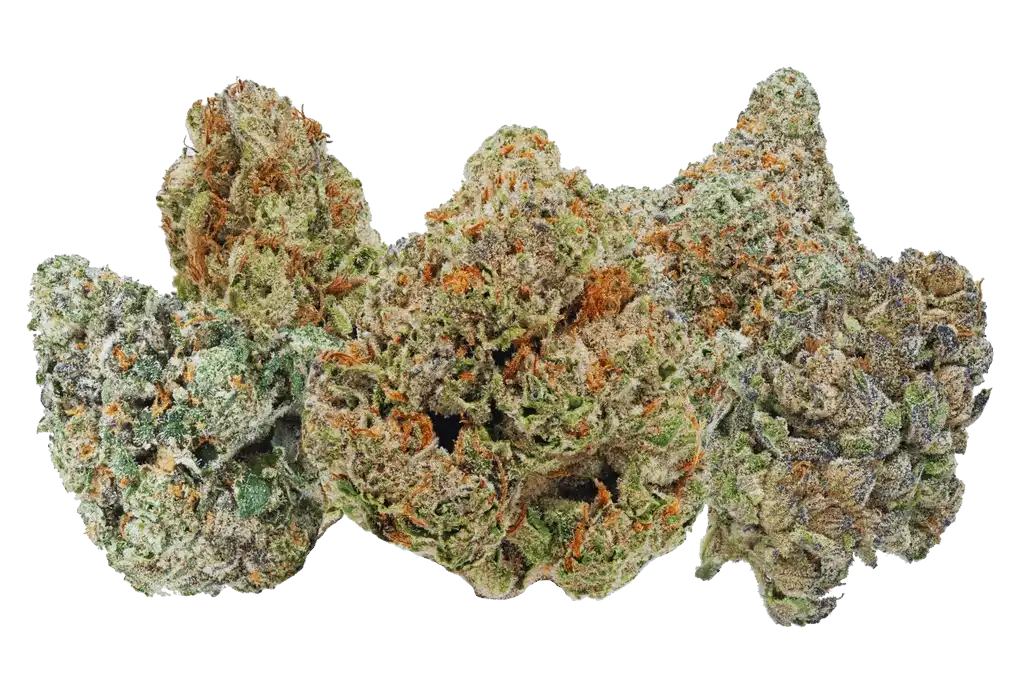Introduction for you to THCA Flower: Be sure that Recognize
Recently, the cannabis industry has seen an explosion of fascination with various compounds beyond the well-known THC and CBD thca flower. One compound gaining attention is THCA, or tetrahydrocannabinolic acid. THCA is the non-psychoactive precursor to THC, the compound most famously related to the "high" from cannabis. Understanding THCA flower and its properties provides valuable insights for both recreational and medicinal cannabis users.

What is THCA?
THCA is really a cannabinoid within raw and live cannabis. When cannabis is harvested, it contains a number of cannabinoids within their acidic forms, such as for instance THCA and CBDA. THCA itself isn't psychoactive, meaning it doesn't produce the euphoric effects typically related to cannabis consumption. However, when THCA is exposed to heat through a procedure called decarboxylation (such as smoking, vaping, or cooking), it converts to THC, the psychoactive component.
Benefits of THCA Flower
1. Non-Psychoactive Properties
THCA flower could be consumed in its raw form without causing a high. This causes it to be appealing for those seeking the potential therapeutic great things about cannabis without the psychoactive effects.
2. Potential Health Benefits
Preliminary research suggests that THCA may offer a selection of health benefits. These include anti-inflammatory properties, neuroprotective effects, antiemetic (anti-nausea) properties, and potential anti-cancer properties. However, it's important to note that much with this research continues to be in early stages, and more studies are required to confirm these benefits.
3. Versatile Consumption Methods
THCA flower may be used in various ways. It may be juiced, blended into smoothies, or found in tinctures and topicals. When kept in its raw form, it gives the benefits of cannabinoids without psychoactivity, which makes it versatile for different health and wellness applications.
How to Use THCA Flower
1. Raw Consumption
One of many simplest methods to consume THCA flower is to eat it raw. This can be done by the addition of raw cannabis leaves and buds to salads, smoothies, or juices. This approach preserves the THCA in its non-psychoactive form.
2. Topicals and Tinctures
THCA could be infused into oils or alcohol to create tinctures, which can be taken sublingually (under the tongue) for systemic effects. Topicals could be applied right to your skin for localized relief without psychoactive effects.
3. Decarboxylation for Psychoactive Effects
If the goal is to experience the psychoactive effects, THCA flower could be decarboxylated by heating. This can be done through smoking, vaping, or cooking. When THCA is heated, it converts to THC, delivering the expected psychoactive effects.
Legal Considerations
The legal status of THCA flower can vary depending on jurisdiction. In lots of places, THCA isn't classified as a controlled substance, primarily because it is non-psychoactive in its raw form. However, once it is decarboxylated and converted to THC, it could fall under the same regulations as other THC products. It is essential to understand and comply with local laws regarding cannabis use and possession.
Conclusion
THCA flower represents a fascinating option within the cannabis market, offering potential therapeutic benefits without the psychoactive ramifications of THC. Its versatility in consumption methods, combined with emerging research on its health advantages, causes it to be an invaluable addition to the repertoire of both recreational and medicinal cannabis users. While the cannabis industry continues to evolve, understanding and exploring compounds like THCA will be crucial for maximizing the plant's potential benefits.
